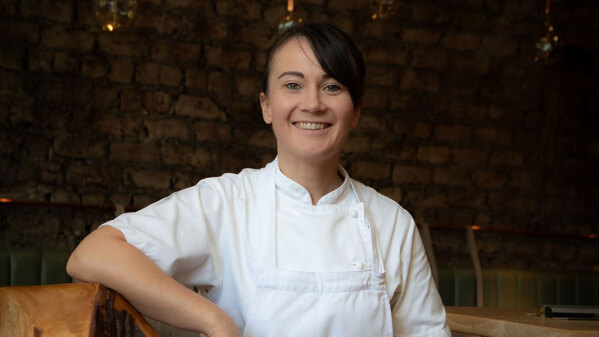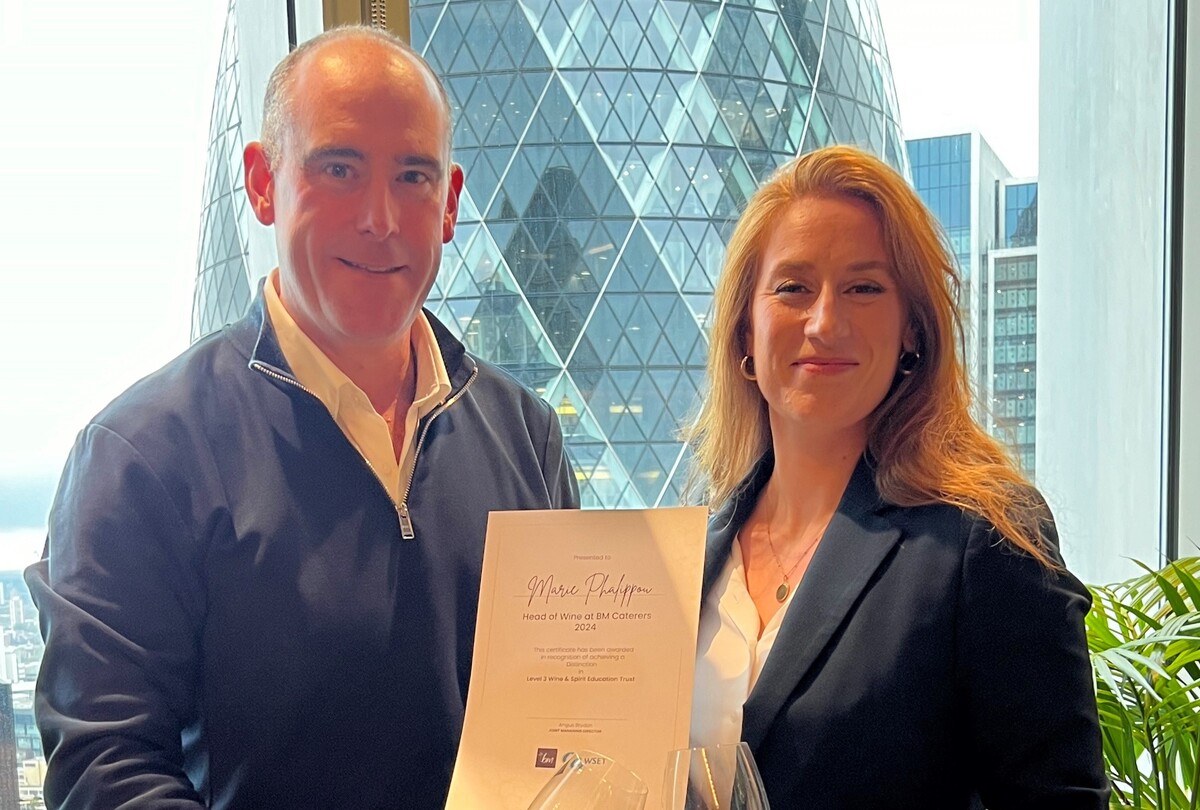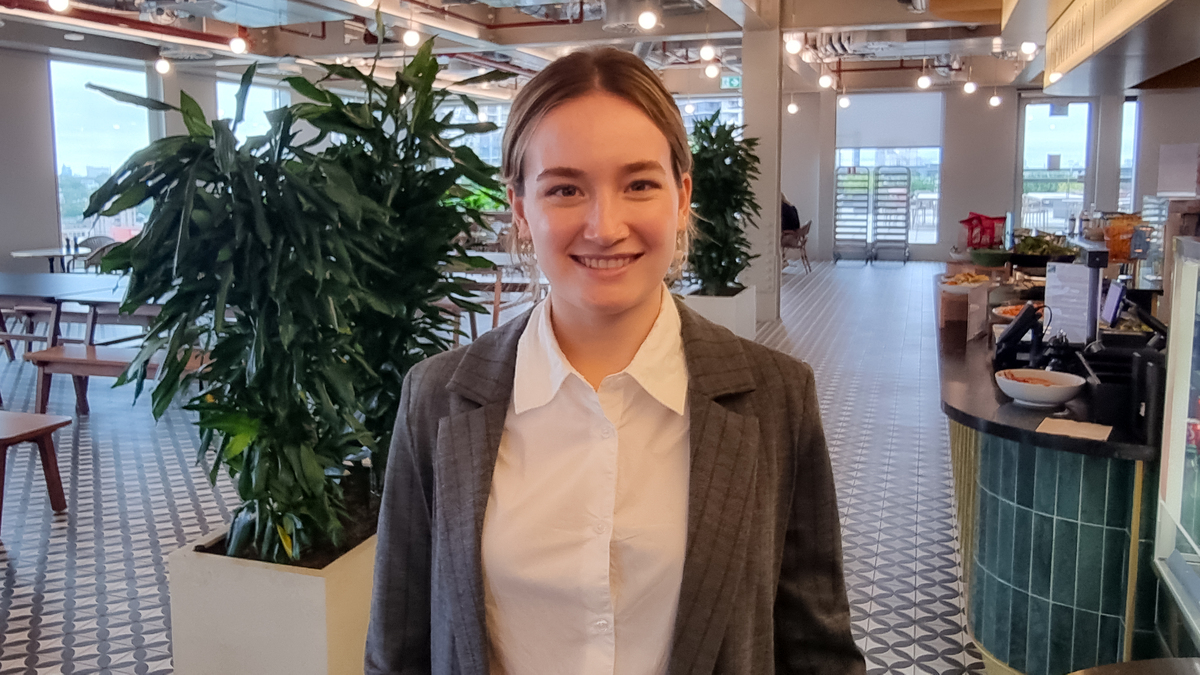Let's get physical and put an end to the Zoom era, says Wendy Bartlett
Workers will eventually tire of interacting with their colleagues from behind a screen, predicts Wendy Bartlett.
Since the start of the Covid-19 pandemic, there has been a lot of uncertainty around what the new age of work will look like. The general feeling may be that the office era has come to an end – but I’m not so sure.
While it’s not a huge wave, we are seeing a steady trickle of people desperate to get back to the office, many of whom are citing reclaiming their sanity as a reason to return.
Ongoing restrictions have led to a few companies taking the opportunity to close their offices in favour of working from home long-term, while others have plans in place to implement a more flexible style of working. My prediction is that we’ll get back to more of a full-time office set-up sooner than forecasters expect. Or at least a core three days per week of attendance, as I’m not sure a mix of Zoom and in-person meetings will work so well. Poor connectivity, barriers to collaboration, presenteeism and the new phenomenon of online meeting fatigue are all downsides of working from home – and what I expect will be the main drivers behind getting people back into physical workplaces.
For the catering and hospitality industries, we know that great communication to build effective relationships is vital for success, and meeting face-to-face to collaborate is essential. Many of our clients recognise this, and know that redesigned areas for better collaboration and improving their service and front-of-house offerings will ensure greater communication.
Besides the benefits working from a physical workplace offers, it’s also crucial for the wellbeing of many who don’t have an adequate office set-up, or even the luxury of a dedicated separate room to work from. Going into an office where you are part of a physical team not only helps to draw a line between work and home life, it provides employees with a sense of belonging.
Productivity may have increased in certain industries, but in many it hasn’t. Within the hospitality sector, rising costs, recruitment difficulties and changing employee expectations have resulted in a very different outcome for us, and working from home isn’t possible for the majority.
From my experience, it’s clear that while new ways of working can be beneficial, this isn’t a one-size-fits-all approach. What is right short-term will not necessarily work in the long-term, and this is one of the main factors that hasn’t been considered.
One example is call centres. After countless excuses of poor internet connection, visitors at the door and hold-ups while finding the relevant manager to answer a question, I am really starting to lose my patience. It’s been 15 months now! Caterers have had to deliver regardless, despite having significantly more barriers. As new studies have shown, call centre staff are leaving customers waiting on the phone for double the amount of time compared to 2019. The “we’re in unprecedented times” excuse is wearing thin.
The return to the office will not only be a welcome change for workspace caterers – it will also have an impact on restaurant and services trade in towns and cities, so I really do believe all hope is not yet lost.
Admittedly, some people reading this will have a professional office set-up, no distracting children and a great internet connection, but if not, I stand by my argument that life for many of us will be better in the office. It’s always important to remember that people work for people, not images on the screen, and long-term I think that will win.

















